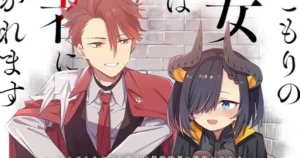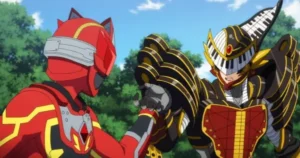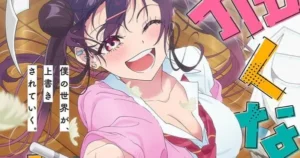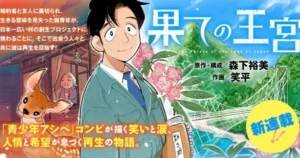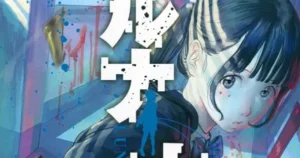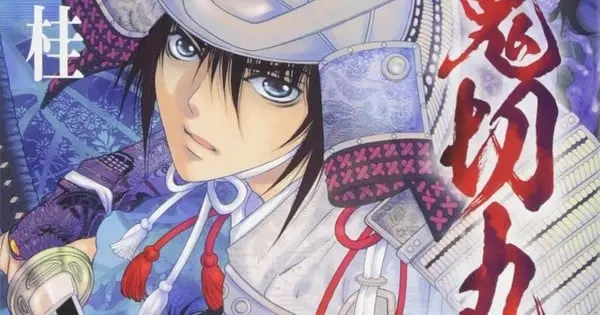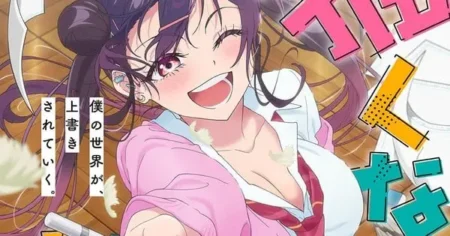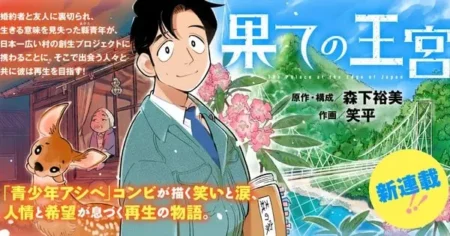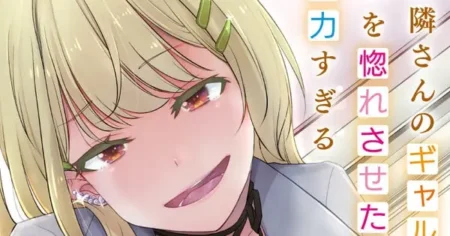Kei Kusunoki’s historical dark fantasy manga, The Legend of Onikirimaru, is slated to end with its 23rd volume. This marks the end of a significant chapter in Kusunoki’s career, revisiting and expanding upon the themes of their earlier work, Onikirimaru (also known as Ogre Slayer). The final volume is scheduled to be released on June 24, 2025.
A Samurai’s Tale of Demons and Destiny
The Legend of Onikirimaru (Onikirimaru-den) is a manga series written and illustrated by Kei Kusunoki. It’s a sequel to Kusunoki’s earlier manga, Onikirimaru, and it’s set in the Sengoku era (the age of warring states) in Japan. The story follows a demon boy who, unlike other demons, lacks horns. He wields the cursed blade “Onikirimaru,” the only weapon capable of slaying demons, and is locked in a never-ending battle against the demonic forces that plague Japan during this tumultuous period.
Premise
Here’s a breakdown of the key elements:
- Setting: The Sengoku era, a period of intense internal conflict and political upheaval in Japanese history, serves as the backdrop. This era is known for its powerful samurai warlords, constant battles, and intricate political machinations.
- Protagonist: The main character is a demon boy born without horns, a symbol of his unique position between the human and demonic worlds.
- The Sword: Onikirimaru, the cursed blade, is not just a weapon but a symbol of the protagonist’s destiny. It’s the only thing that can kill demons, forcing him into a life of constant battle.
- Conflict: The manga explores the clash between the human world and the supernatural, with demons lurking behind the historical events and figures of the Sengoku era.
Echoes of History
The story weaves through the lives of famous historical figures such as Oda Nobunaga, Toyotomi Hidetsugu, and Ishida Mitsunari. The manga suggests that behind the well-known stories of these powerful generals lie secrets and demonic influences.
Unveiling the Past
The Legend of Onikirimaru also delves into the protagonist’s origins, exploring the secrets of his birth and the hidden aspects of his past. This adds a layer of mystery and personal stakes to the overarching conflict.
Production and Publication
Kei Kusunoki launched The Legend of Onikirimaru in LEED Publishing’s Sengoku Bushou Retsuden magazine in 2013. The series later moved to Comic Ran Twins in 2016 after Sengoku Bushou Retsuden ceased publication. In 2018, the manga found a new home on the Pixiv Comic website. Crunchyroll Manga had previously published the manga digitally in English, but the service ended in December 2023.
- Author and Artist: Kei Kusunoki
- Publisher: LEED Publishing
- Magazines: Sengoku Bushou Retsuden, Comic Ran Twins, Pixiv Comic
- English Publisher (Former): Crunchyroll Manga
A Long Run
The series has been ongoing for over a decade, with 22 volumes released as of April 22, 2025. The 15th volume, released in April 2022, was noted to be “nearing the ending,” suggesting that the conclusion has been planned for some time.
Kusunoki’s Legacy: Exploring the Dark Side of Japanese History
Kei Kusunoki is a Japanese manga artist known for their unique blend of historical settings, supernatural horror, and complex characters. Kusunoki’s works often explore the darker aspects of Japanese folklore and history, with a focus on the struggles of individuals caught between the human and supernatural realms.
Other Notable Works
- Onikirimaru (Ogre Slayer): The original manga series that introduced the world and concept of Onikirimaru. It follows a similar premise, with a demon-like boy hunting ogres to become human.
- Ogre Slayer: It was published in Shogakukan’s Shōnen Sunday Zōkan (later Shōnen Sunday Super) from 1992 to 2001, with its chapters collected in 20 tankōbon volumes. It was adapted into a four-episode original video animation (OVA) released from 1994 to 1995.
- Private Teacher! (Himegoto! Private Lesson): An ecchi comedy manga series.
- Mourning Bride: A manga with supernatural themes.
Recurring Themes and Style
Kusunoki’s works often feature:
- Historical Settings: A deep dive into Japanese history, particularly the Sengoku and Edo periods, is common.
- Supernatural Elements: Demons, ghosts, and other mythological creatures play a significant role in their stories.
- Moral Ambiguity: Characters often face difficult choices and are not always clearly good or evil.
- Strong Female Characters: Despite the dark themes, Kusunoki’s works often feature resilient and complex female characters.
‘Onikirimaru’ (Ogre Slayer): The Origin Story
Before The Legend of Onikirimaru, there was Onikirimaru, also known as Ogre Slayer. This earlier manga series introduced the core concept of a demon-like boy wielding a demon-slaying sword.
Synopsis of ‘Ogre Slayer’
The series follows an unnamed young man who hunts ogres (oni). He was born from an ogre’s corpse but looks human. Instead of horns, he was born with a sword called Onikirimaru, the Ogre Slayer. He travels through Japan, killing oni with his sword.
Key Differences
- Setting: Onikirimaru does not have a specific historical setting, while The Legend of Onikirimaru is set during the Sengoku era.
- Character: The protagonist of Onikirimaru is a nameless, solitary figure, while The Legend of Onikirimaru features a character who interacts with historical figures and has a more defined backstory.
Anime Adaptation
Onikirimaru was adapted into a four-episode OVA (Original Video Animation) series from 1994 to 1995. Viz Media distributed both the manga and anime in North America, but only released the first two volumes of the manga.
Reception and Legacy
While complete English translations of Kusunoki’s works are scarce, Onikirimaru and The Legend of Onikirimaru have garnered a dedicated following for their unique blend of historical fiction, supernatural horror, and compelling characters. The ending of The Legend of Onikirimaru will likely be a bittersweet moment for fans who have followed the series for over a decade.

